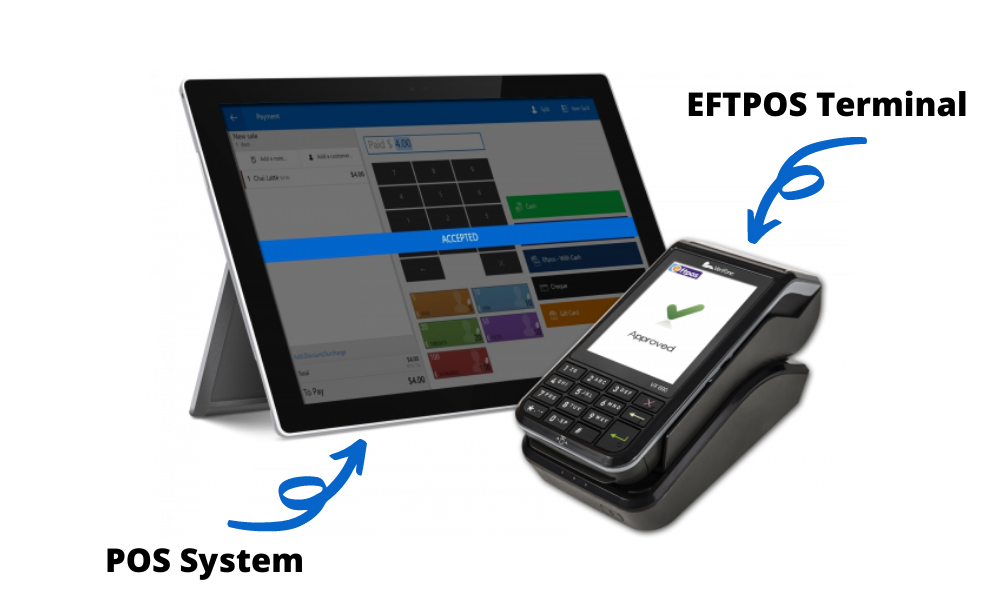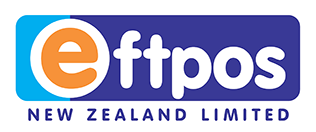
Whether you're starting your first business, or you're an established business owner, we know understanding all of the payments industry jargon can be confusing at the best of times. If you're scratching your head working out the difference between POS and EFTPOS, what these systems are, and how they work together - then this post is for you!
We all know that both EFTPOS machines and POS systems are essential for businesses to be able to take payments and manage transactions, but not everyone knows the difference and exactly how they work together.
In this blog, we'll breakdown those differences, explain the jargon and dive into how they're best when they're used together.
As always, if you have any questions or would prefer us to do the heavy lifting for you, fill in the form below and we'll get in touch. We're happy to help!
What is EFTPOS?
Let's get started with the most fundamental term: EFTPOS.
While you've probably only ever hear it referred to as 'EFTPOS', EFTPOS is an abbreviation that stands for Electronic Funds Transfer at Point Of Sale.
Put simply, that means using a device like an EFTPOS terminal (otherwise known as an EFTPOS machine) to transfer funds from a customers bank account and ultimately into a business bank account.
Customers can use a debit or credit card, or even a smart device, to process this type of transaction. You can either present the card to the device or use a MOTO facility to take payment without the card and cardholder present. EFTPOS is often the easiest cashless method for businesses to take payments.
What is POS?
In short, POS stands for 'Point of Sale', and when we refer to your POS system, we're talking about the system or software you use to ring up and tender sales, but it can also double as a hub to manage everything including sales, inventory, loyalty and reporting.
Not to be confused with your EFTPOS terminal, your POS system is usually comprised of different software and hardware components depending on your businesses needs and the POS provider you go with. Your POS system might include:
- A monitor, tablet or iPad
- Barcode scanner (commonly used in retail)
- Receipt printer
- Cash Drawer
- POS software
POS software systems streamline retail operations by automating the transaction process and tracking important sales data. Your POS system is going to be your best friend as your business grows and scales, so it's really important to pick the right one and make sure that it integrates with your EFTPOS machine if that's something you're likely to need.
What's the difference between EFTPOS & POS
Now that we've covered what EFTPOS and POS are separately, let's go over the key differences.

What your EFTPOS machine does:
- Takes payments from customers
- Transfer funds from the customer's bank account into your merchant bank account using an EFTPOS network and merchant facility provided by a bank
- Can be used to take payment wherever you do business using connectivity methods like mobile EFTPOS
- Can be hired or bought outright depending on what plan suits your business best
What your POS system does:
- Is used to ring up and a tender a sale. May come with a scanner so you can scan barcodes and look up SKUs, or configurable menu items.
- Your POS system tracks all sales made and keep track of inventory
- Some POS systems have the functionality to offer loyalty programs, manage your staffing rosters and feedback reporting to show where your sales are going well or lacking. You can see the full list of features to consider when picking your POS system here.
- Depending on the POS, will have the ability to store cash takings.
- Essentially, makes it easy to visually see how your business is performing and where your money is being taken from.
It's quite common for businesses to ring up a sale on a POS and then manually process the purchase on an EFTPOS terminal as well. However this double-handling increases the risk of keying errors and slows down the sales process. Something all businesses should consider is integrating their EFTPOS terminal with their POS system.
Integrating your EFTPOS Terminal and POS System
Getting your EFTPOS to POS integration sorted from the get-go means a faster, more convenient checkout experience for your customers, and eliminates the potential for errors that can occur when cashiers have to enter product information into your POS and then the purchase amount into the terminal.
A two-way POS to EFTPOS integration means that whenever a customer swipes, waves or inserts their card and completes a transaction, your POS will automatically pick this up and reflect the sale without need for manual input. In turn, if you enter a sale on your POS and your customer wishes to pay via card, with the push of a button your EFTPOS terminal will light up, ready to take payment. It's automated, streamlined and simple.
If this sounds like something you could use for your business, we've put together a bunch of resources to help you along with your decision making process. You can check them out here:
- Key POS Integrations to Consider when Comparing System Providers
- How to Integrate Your EFTPOS Terminal with your POS Software
- How to Choose the Best POS for your NZ Business
If you don't have enough time to go through the resources and make an informed decision, or deciphering the labyrinth of information on POS and EFTPOS is feeling a little too in the 'too hard basket', we're here to help. Book a call with one of our EFTPOS experts!







Comments